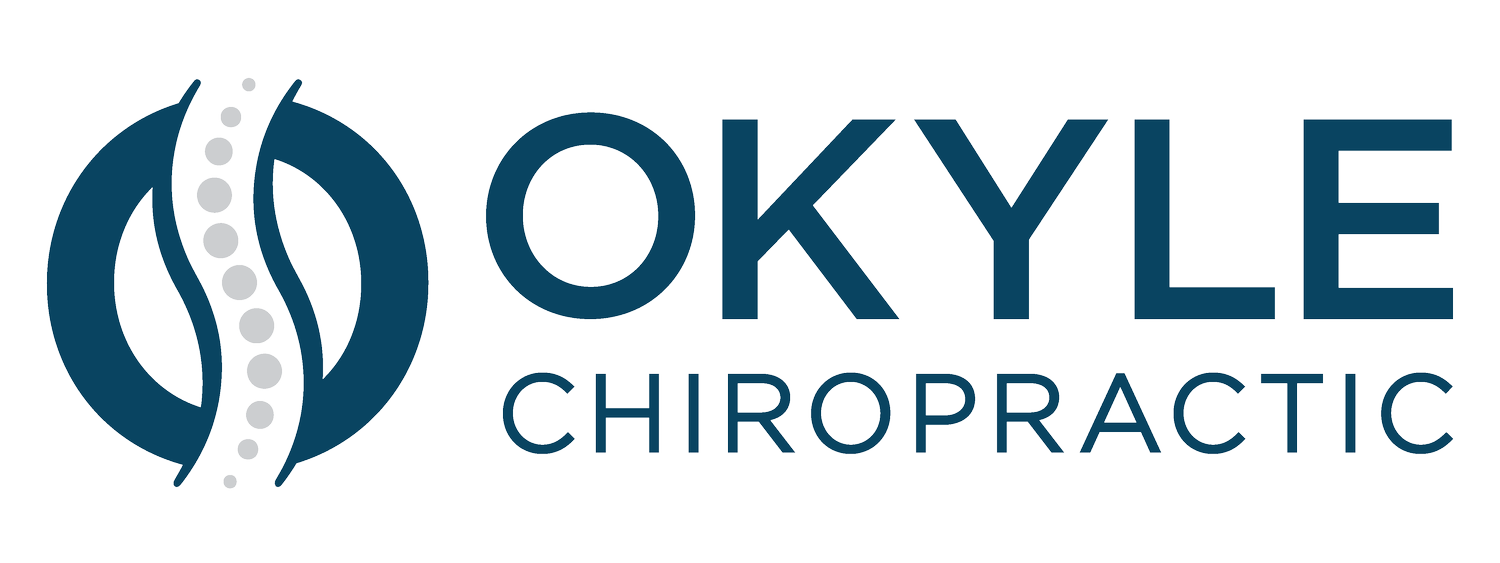What really happens when your back ‘goes out’ & how to fix it
We’ve all heard someone say it — or maybe you’ve said it yourself:
“My back just went out.”
It’s one of the most common phrases I hear as a chiropractor, usually said with a mix of frustration, confusion, and discomfort. But what does it actually mean when your back “goes out”? And more importantly, what can you do to fix it and keep it from happening again? Read on to learn more.
What Does It Mean When Your Back “Goes Out”?
The phrase “my back went out” usually refers to sudden, sharp lower back pain (or sometimes midback) that limits your ability to move. It might happen while lifting something, twisting the wrong way, standing up from a chair, or even just sneezing. Sometimes it feels like something “popped” or “locked up” and your body instantly responds with muscle spasm and stiffness.
While it can feel alarming, what’s happening is usually mechanical in nature — meaning it’s related to the joints, discs, muscles, or nerves of your spine.
Common Causes of a Back “Going Out”
Here are a few of the most common culprits:
Joint Fixation or Misalignment: When one or more of the small spinal joints (called facet joints) become restricted or move out of alignment, your body responds by tightening the surrounding muscles to protect the area.
Muscle Spasm or Strain: Sudden overload or improper movement can cause muscles to tighten or strain, leading to pain and restricted motion.
Disc Irritation or Bulge: The shock-absorbing discs between your vertebrae can become irritated or displaced slightly, putting pressure on nearby nerves and creating sharp, radiating pain.
Nerve Irritation: Nerve roots exiting the spine can become compressed or inflamed, causing pain that radiates into the hips, glutes, or legs.
Often, it’s not just one of these — it’s a combination of joint restriction, muscle tension, and inflammation working together to make movement painful.
How Chiropractic Care Helps When Your Back “Goes Out”
The good news is that these kinds of episodes usually respond very well to chiropractic care. Here’s what we focus on when a patient comes in with this complaint:
1. Soft Tissue Therapy
When your back seizes up, the surrounding muscles often go into protection mode. We use hands-on therapy to calm these tight, overactive muscles and improve circulation to speed up healing.
2. Instrument-Assisted Soft Tissue Manipulation (IASTM)
Using specialized tools, muscle adhesions and scar tissue are broken up that may be limiting motion and contributing to recurrent flare-ups.
3. Chiropractic Adjustments
Spinal adjustments help restore proper joint motion and alignment, which in turn reduces muscle spasm and allows the nervous system to function more freely. Often, just a few adjustments can provide noticeable relief and help your body reset.
4. Guided Movement & Mobility Exercises
We’ll walk you through gentle exercises to restore range of motion, build core stability, and prevent future episodes. Motion is lotion for the spine — but only the right kind of motion, at the right time.
How Long Does It Take to Feel Better?
Every case is different, but most patients feel significant improvement within a few visits — especially when they follow their home care plan and avoid aggravating activities. Early intervention is key. The longer you wait, the more compensation patterns your body develops, which can prolong healing.
What NOT to Do When Your Back Goes Out
Don’t stay in bed for days. Gentle movement is critical for healing. Movement is medicine!!
Don’t ignore it and hope it goes away. Recurring flare-ups usually mean there’s an underlying issue that needs to be addressed.
Don’t mask it with painkillers alone. While meds may help you get through the day, they don’t fix the cause.
When your back “goes out,” it’s your body’s way of saying something isn’t right — and it needs your attention. Chiropractic care addresses the root cause, not just the symptoms, helping you heal faster and reduce the chances of it happening again.
Any questions? Feel free to reach out to our office via phone or text: (310) 880-9663. Happy healing!
Disclaimer: The information provided on this chiropractic blog is for general informational purposes only and is not intended as a substitute for professional medical advice, diagnosis, or treatment. Always seek the advice of your physician or another qualified health provider with any questions you may have regarding a medical condition. Never disregard professional medical advice or delay in seeking it because of something you have read on this blog. If you think you may have a medical emergency, call your doctor or 911 immediately. Reliance on any information provided by this blog is solely at your own risk.
